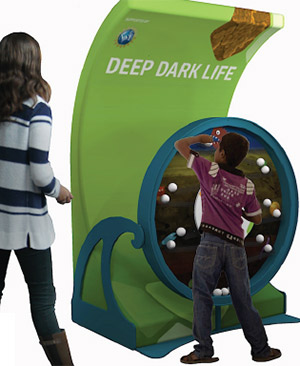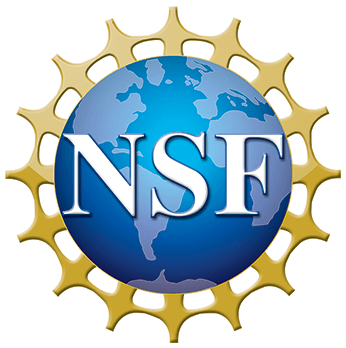In Search of Earth’s Secrets: A Pop Up Science Encounter
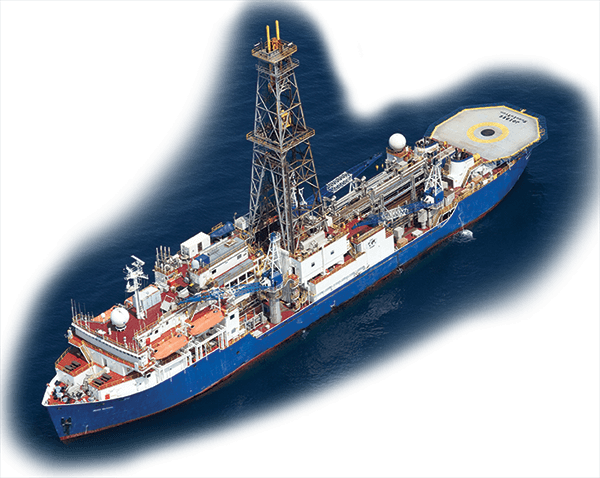
This exhibit has ended at Queens Library.
About the Kiosks
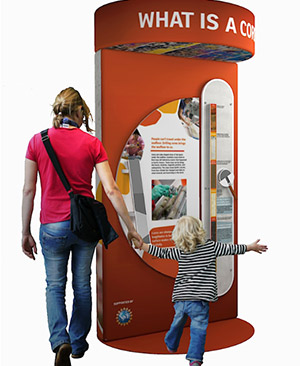
What Is A Core?
Cores provide segments of the seafloor rock record that help scientists to better understand how our planet works. Cores can be taken from the seafloor, labeled, and stored so that scientists can study them on land to figure out Earth’s history. Scientists can also use cores to understand plate tectonics, hot spots, volcanoes, and earthquakes.
Stories from the Core
Ocean sediment cores show Earth’s history of dramatic geological and biological events. Select from three interactive games to explore the evidence in ocean sediments.
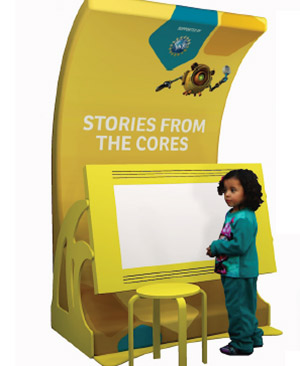
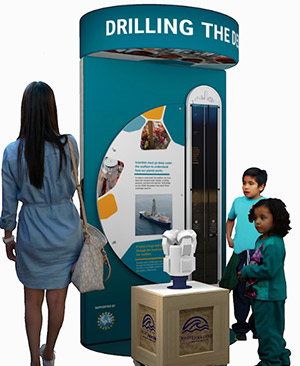
Drilling into the Deep
The JR (JOIDES Resolution) can drill down through waters as deep as 23,000 feet and then drill 6,500 more into the seafloor. An engineering marvel, the JR can stay stable while drilling on the high seas, even when wind and waves are pushing it around. The drill bits are able to work through different parts of the seafloor, from soft sediment to hard rock.
Deep Sea Fossils
Microfossils are one way scientists can determine how the climate has changed during Earth’s history. Microfossils come from hard, shell-like structures of microscopic plankton. These shell-like structures can stay the same for millions of years, depending on the climate and chemistry of the ocean water. Changes in the microfossils can show a change in climate.
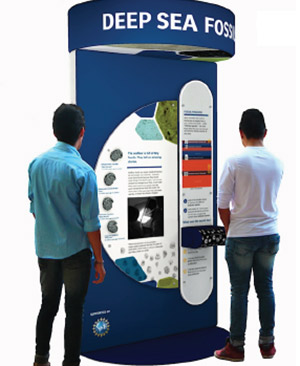
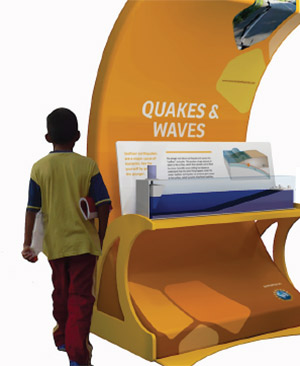
Quakes and Waves
Drill ships like the JOIDES Resolution enable us to explore the continuously changing seafloor. The ocean crust covers over 70% of the Earth; most of it unexplored. The seafloor consists of plains, mountains, volcanoes, and trenches. Some of the undersea mountains are higher and trenches deeper than any found on land. When the earth’s plates move, as in an earth quake, huge waves called tsunamis form and can cause tremendous damage as they crash into coasts.
Deep Dark Life
Scientists have discovered tiny living things, microbes, living within the seafloor. These are single-celled living organisms that can eat iron or conduct electricity and may be helpful to people. Microbes can help us to understand the extreme conditions on other planets in the solar system.
